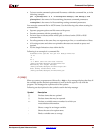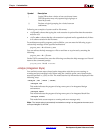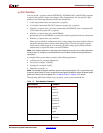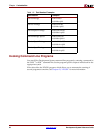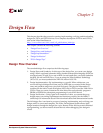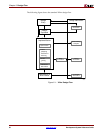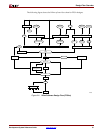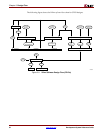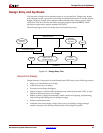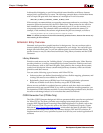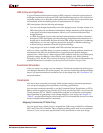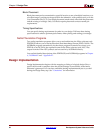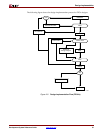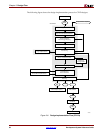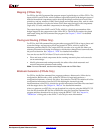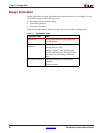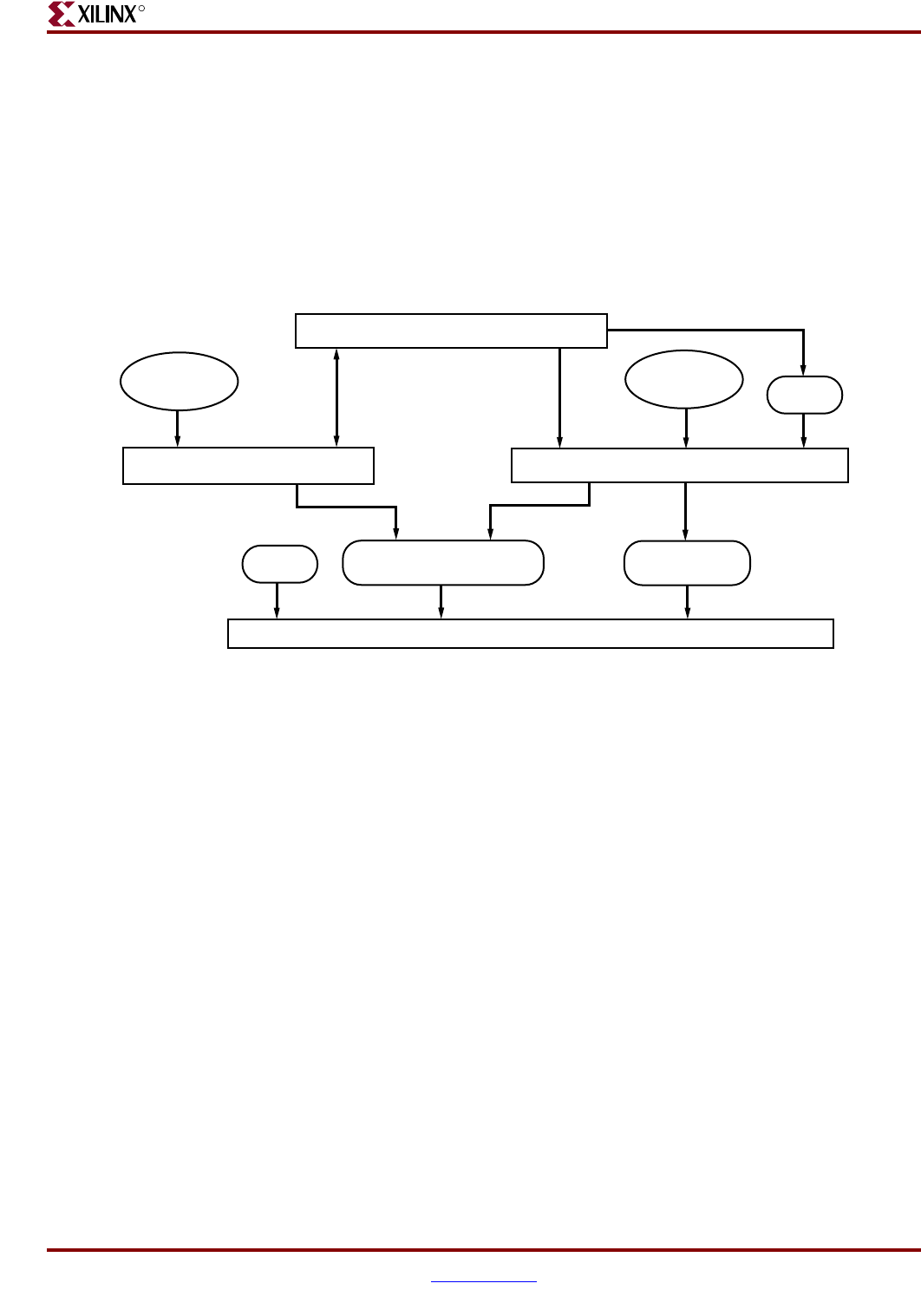
Development System Reference Guide www.xilinx.com 33
Design Entry and Synthesis
R
Design Entry and Synthesis
You can enter a design with a schematic editor or a text-based tool. Design entry begins
with a design concept, expressed as a drawing or functional description. From the original
design, a netlist is created, then synthesized and translated into a native generic object
(NGO) file. This file is fed into the Xilinx software program called NGDBuild, which
produces a logical native generic database (NGD) file.
The following figure shows the design entry and synthesis process.
Hierarchical Design
Design hierarchy is important in both schematic and HDL entry for the following reasons:
• Helps you conceptualize your design
• Adds structure to your design
• Promotes easier design debugging
• Makes it easier to combine different design entry methods (schematic, HDL, or state
editor) for different parts of your design
• Makes it easier to design incrementally, which consists of designing, implementing,
and verifying individual parts of a design in stages
• Reduces optimization time
• Facilitates concurrent design, which is the process of dividing a design among a
number of people who develop different parts of the design in parallel.
Figure 2-4: Design Entry Flow
X10295
CORE Generator
Schematic Capture
UCF
NGC
(XST Netlist)
HDL
Synthesis
EDIF 2 0 0 &
Constraints/NCF
Schematic
Libraries
Synthesis
Libraries
NGDBuild



